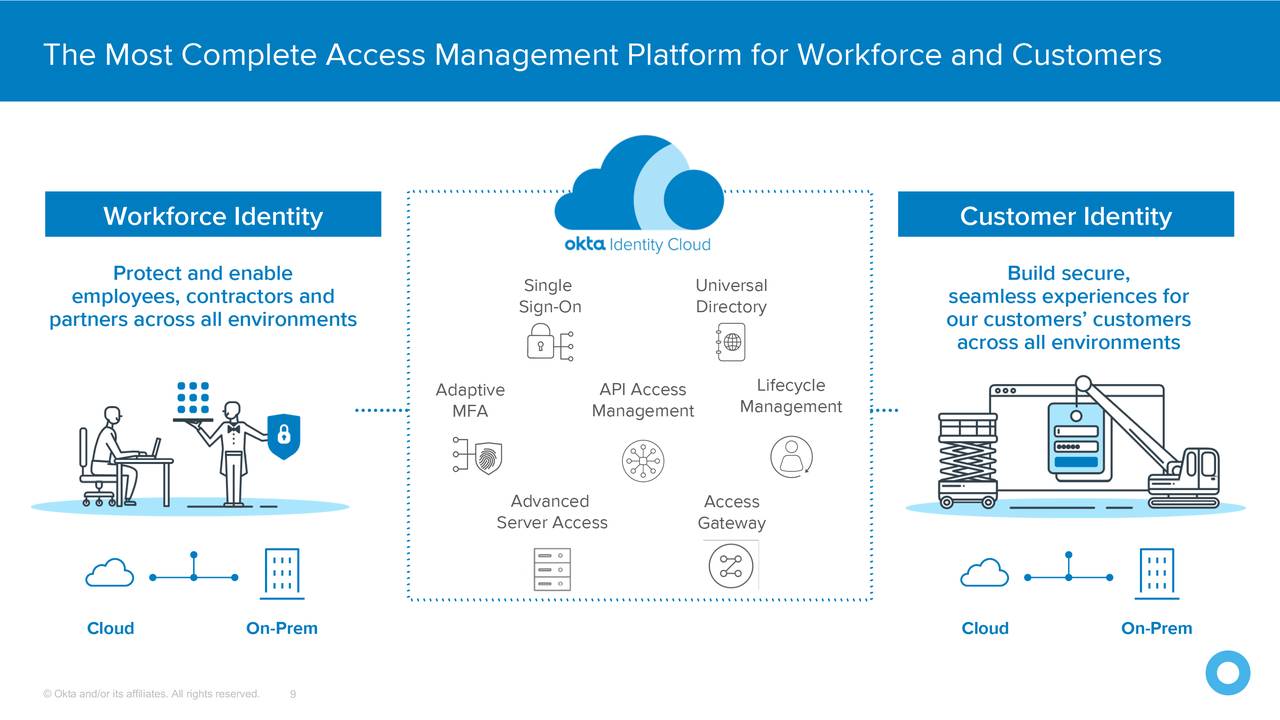| Table of Contents |
|---|
Key Points
- proprietary and open-source solutions for apps and services
- TOIP - interoperable identities, wallets etc
References
Key Concepts
Identity Management
ToIP - Trust Over IP Identity Management standards
...
Layers of the TOIP solution stack
The interactive version of the TOIP stacks
https://trustoverip.org/wp-content/toip-model/
Article - TOIP foundation - Vipin Bharathan
https://www.forbes.com/sites/vipinbharathan/2020/05/09/trust-is-foundational/#4e9a44a4a61e
...
Provides the rules and monitoring to ensure the 3 parties follow defined guidelines in creating identities, issuing credentials and verifying credentials for a given domain. Using blockchain, smart contracts, this governance may be decentralized in a peer to peer model eliminating the need for centralized trust services in some instances.
Certificate Management
Authentication Management
Identity Proofing
https://www.nist.gov/system/files/nstic-strength-identity-proofing-discussion-draft.pdf
...
Verification of presented identity information
US Real ID
Access Management ( RBAC )
Potential Value Opportunities
Potential Challenges
Candidate Solutions
See FOR MORE DETAILS — Identity Management security concepts
Apache Syncope - IAM
https://syncope.apache.org/iam-scenario
...
- Identity Store
(as RDBMS, LDAP, Active Directory, meta- and virtual-directories), the repository for account data - Provisioning Engine
synchronizes account data across identity stores and a broad range of data formats, models, meanings and purposes - Access Manager
access mediator to all applications, focused on application front-end, taking care of authentication (Single Sign-On), authorization (OAuth, XACML) and federation (SAML, OpenID Connect).
Architecture
https://syncope.apache.org/architecture
...
Third-party applications are provided full access to IdM services by leveraging the REST interface, either via the Java SyncopeClient library (the basis of Admin UI, End-user UI and CLI) or plain HTTP calls.
ConnId
The Provisioning layer relies on ConnId; ConnId is designed to separate the implementation of an application from the dependencies of the system that the application is attempting to connect to.
...
The new ConnId project, featuring contributors from several companies, provides all that is required nowadays for a modern Open Source project, including an Apache Maven driven build, artifacts and mailing lists. Additional connectors – such as for SOAP, CSV, PowerShell and Active Directory – are also provided.
Syncope Concepts
https://cwiki.apache.org/confluence/display/SYNCOPE/Concepts
...
- users (and roles, starting from release 1.1.0) stored in an external resource can be synchronized to Syncope using a connector instance
- users (and roles, starting from release 1.1.0) stored in Syncope can be propagated to external resources using connector instances.
Syncope manual
http://syncope.apache.org/docs/reference-guide.html#introduction
Downloads
https://syncope.apache.org/downloads
https://cwiki.apache.org/confluence/display/SYNCOPE/Roadmap
WSO2 IAM
ZUUL IAM
ZULL Wiki
https://github.com/Netflix/zuul/wiki
...
Zuul 2.x
Open-Sourcing Zuul article
https://medium.com/netflix-techblog/open-sourcing-zuul-2-82ea476cb2b3
...
This post will overview Zuul 2, provide details on some of the interesting features we are releasing today, and discuss some of the other projects that we’re building with Zuul 2.
How Zuul 2 Works
For context, here’s a high-level diagram of Zuul 2’s architecture:
...
We use Zuul at the entrypoint of all external traffic into Netflix’s cloud services and we’ve started using it for routing internal traffic, as well. We deploy the same core but with a substantially reduced amount of functionality (i.e. fewer filters). This allows us to leverage load balancing, self service routing, and resiliency features for internal traffic.
Open Source
The Zuul code that’s running today is the most stable and resilient version of Zuul yet. The various phases of evolving and refactoring the codebase have paid dividends and we couldn’t be happier to share it with you.
Today we are releasing many core features. Here are the ones we’re most excited about:
Server Protocols
- HTTP/2 — full server support for inbound HTTP/2 connections
- Mutual TLS — allow for running Zuul in more secure scenarios
Resiliency Features
- Adaptive Retries — the core retry logic that we use at Netflix to increase our resiliency and availability
- Origin Concurrency Protection — configurable concurrency limits to protect your origins from getting overloaded and protect other origins behind Zuul from each other
Operational Features
- Request Passport — track all the lifecycle events for each request, which is invaluable for debugging async requests
- Status Categories — an enumeration of possible success and failure states for requests that are more granular than HTTP status codes
- Request Attempts — track proxy attempts and status of each, particularly useful for debugging retries and routing
...
We would love to hear from you and see all the new and interesting applications of Zuul. For instructions on getting started, please visit our wiki page.
Okta - Cloud IAM SAAS
https://seekingalpha.com/article/4355864-okta-chrome-of-identity-management
okta-200626-IAM-king-seekingalpha.com-Okta The Chrome Of Identity Management.pdf
Step-by-step guide for Example
| Info |
|---|
sample code block
| Code Block | ||||||||
|---|---|---|---|---|---|---|---|---|
| ||||||||
Recommended Next Steps
Related articles
| Page Properties | ||
|---|---|---|
| ||
|
...

